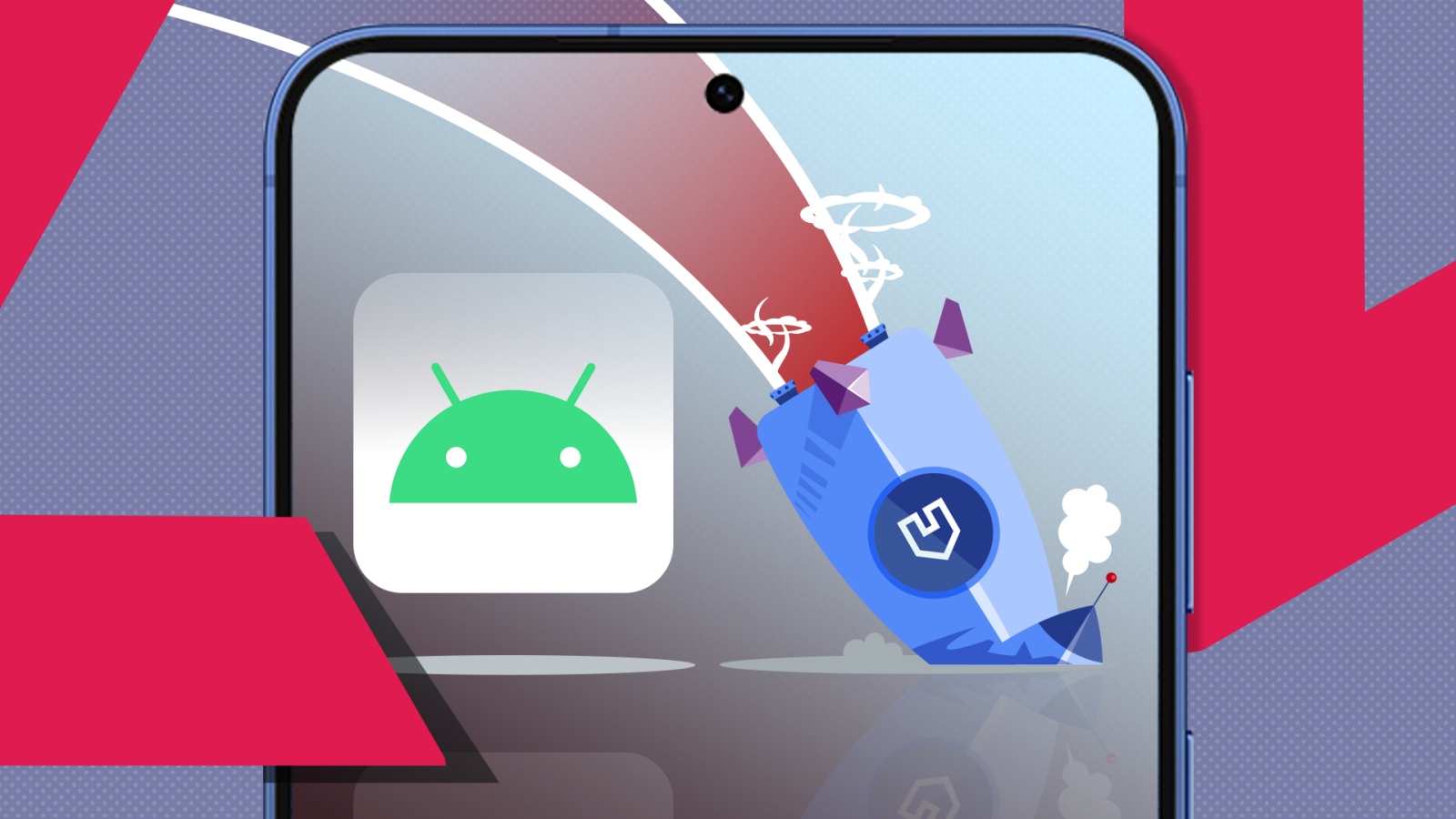
Contents
Android launchers have been a thing since the launch of Android in 2008. The unnamed launcher that shipped with the T-Mobile G1 (HTC Dream if you’re on the other side of the water) wasn’t much more than a mash-up of a PDA and an iPhone. A few years later, after Android phones established a foothold in the market, the golden age of the launcher began.
Thanks to the current dominance of first-party launchers like Pixel, One UI, and Hello UI, it’s easy to overlook that Android is an open source operating system, which means the code that makes it work is in the open and has been since day one. That means nothing is stopping an enterprising developer from making their own launcher and releasing it to the world, and many have. But is there a point anymore? Is there still a meaningful demand for third-party app launchers? Mostly no, but kind of yes.
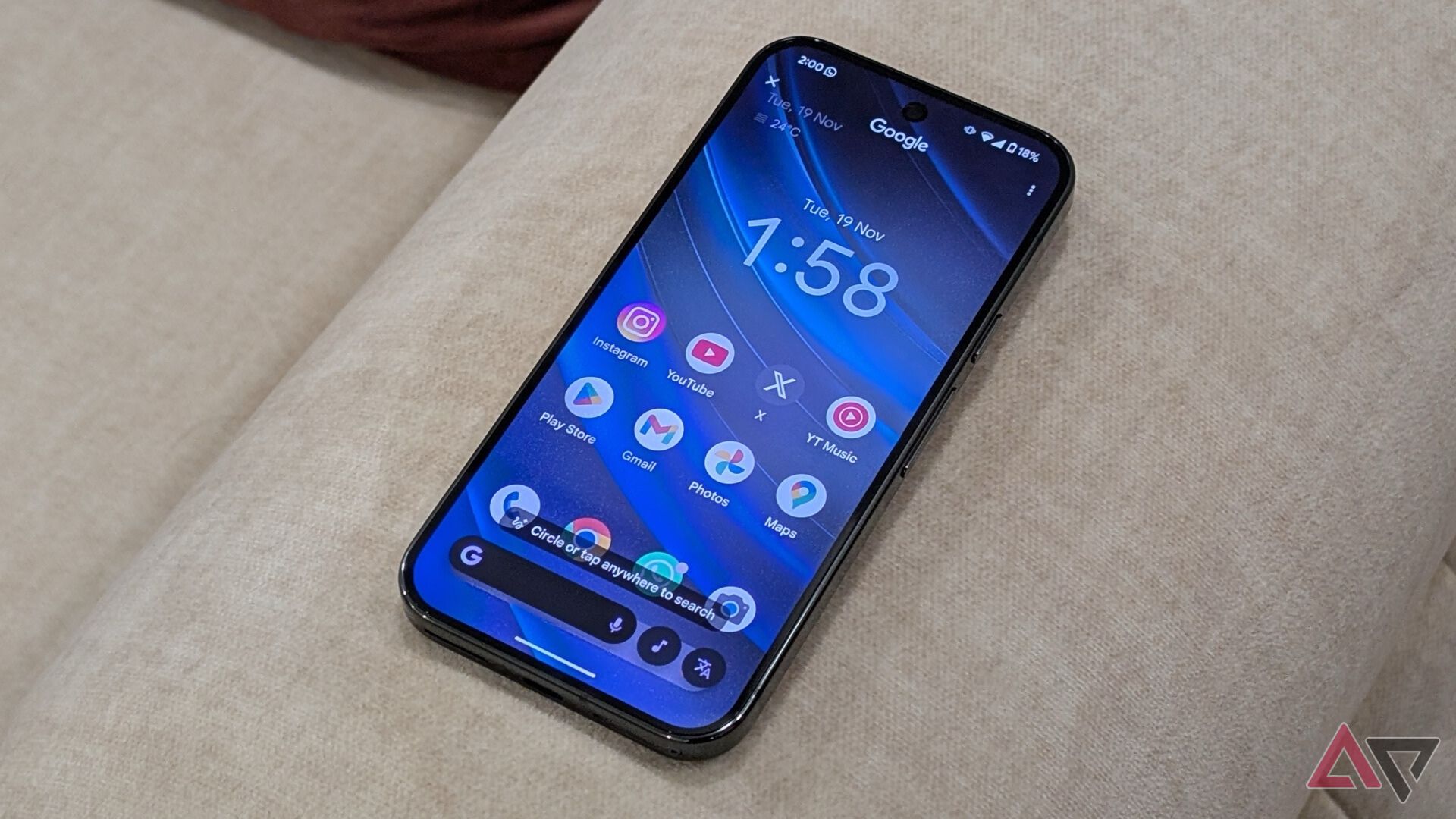
Related
15 best icon packs for your Android launcher in 2025
Why stick with stock when there are so many beautiful choices out there?
3 You don’t even know what a launcher is
Your phone is a computer. Every computer you interact with on a day-to-day basis has an operating system. The operating system is the software on your computer that lets other software interact with the hardware on your computer. It is the connection between your top-tier camera app and the camera, between Spotify and your Bluetooth antenna, and between your web browser and your Wi-Fi antenna.
In the case of your phone, one important piece of software (it’s not always part of the OS) is the launcher. The launcher is the interface between you and the operating system. Android needs a launcher. It’s possible to muck about with the command line interface by plugging your phone into your computer, but the operating system looks for a launcher by default. Without one, you can’t run (launch) any programs (apps) on your phone.
Why the computer science lesson? Because most phone users think the interface on the phone is the phone. Most people don’t realize that it’s a program that lets you run other programs, and you can swap it out for a different one. In other words, people aren’t looking for launchers because they have no clue what they are.
2 Phones are all the same
Call it what you want, homogenization, carcinization, or convergent evolution. Still, phones today look and behave about the same. Phone makers have agreed to use icons arranged in grids as a user interface. There’s a practical side to this. Someone who buys a Samsung can switch to a Motorola, Pixel, or Nothing and have the same general experience without struggling to learn several new things. If manufacturers want customers to switch to their phones, they should make it easy by making the user experience mostly the same.
The other side of this coin is that phone owners don’t know that there are options. If all anyone has seen is the same grid of app icons, they have no idea it doesn’t have to be that way. No one is going to look for software they don’t know exists.

Related
1 People are lazy
You’re on Android Police, you know your way around phones and the ecosystem in general, so you probably know that launchers are something you can download and use, but why would you? Unless you’ve been using Nova launcher since 2011, the effort required to research and download a launcher isn’t worth it unless there’s a feature you need.
On top of that, using a new launcher can involve a steep learning curve. Phone makers make sure their user interfaces differ as little as possible, so it takes some effort on your part to adapt to the new layout, app drawer, and gestures. Most people don’t have the time or energy for that.
Finally, you may want to customize your launcher. One reason for using a third-party launcher is the number of customization options it gives you. If you’re not going to customize it, stick to your stock launcher. If you’re setting up a launcher you’ve never used, it can take weeks to get everything dialed in. Many people love fine-tuning every setting they can. However, it’s a nonstarter for most.

Related
10 best Android launchers in 2025
Which launcher experience do you prefer?
The launcher will never die
The launcher isn’t going anywhere. As long as Android is an open source operating system, the third-party launcher will never go away. If information on how to make one is available, and it’s not illegal to do it, someone will. Let’s face it, the UI on Android is becoming stale, and you may want to replace your Android phone’s launcher. The original magic of Android was its open source nature and immense customizability. It can be easy to forget that original promise, having been lulled by good but increasingly homogenized first-party launchers. However, that dream is still alive if you’re willing to look for it. The golden age of the third-party launcher is over, but the launcher will never die.
What’s your reaction?
Love0
Sad0
Happy0
Sleepy0
Angry0
Dead0
Wink0
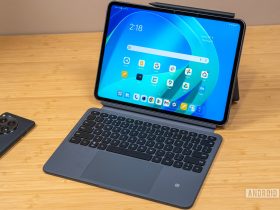
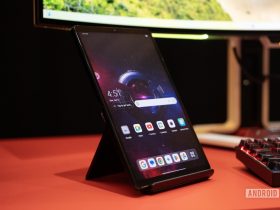
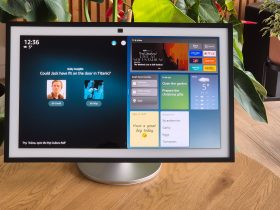

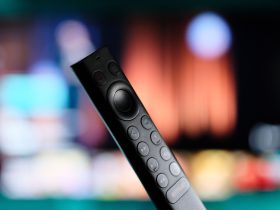

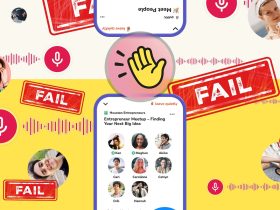

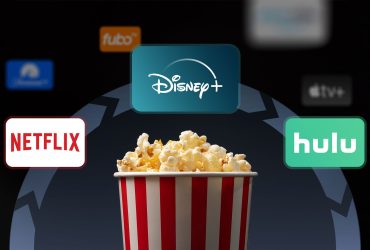
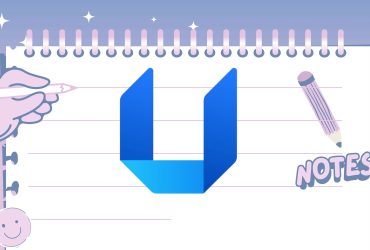
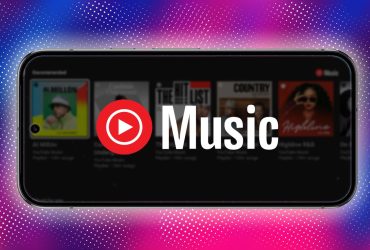
Leave a Reply
View Comments